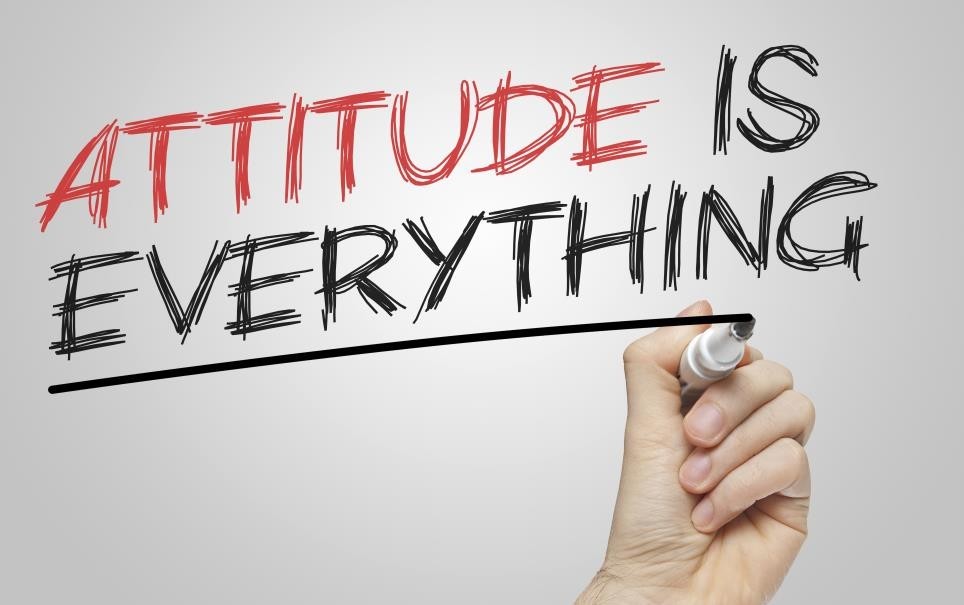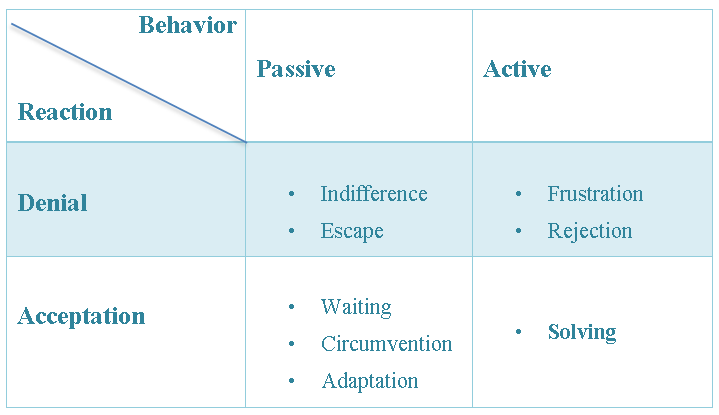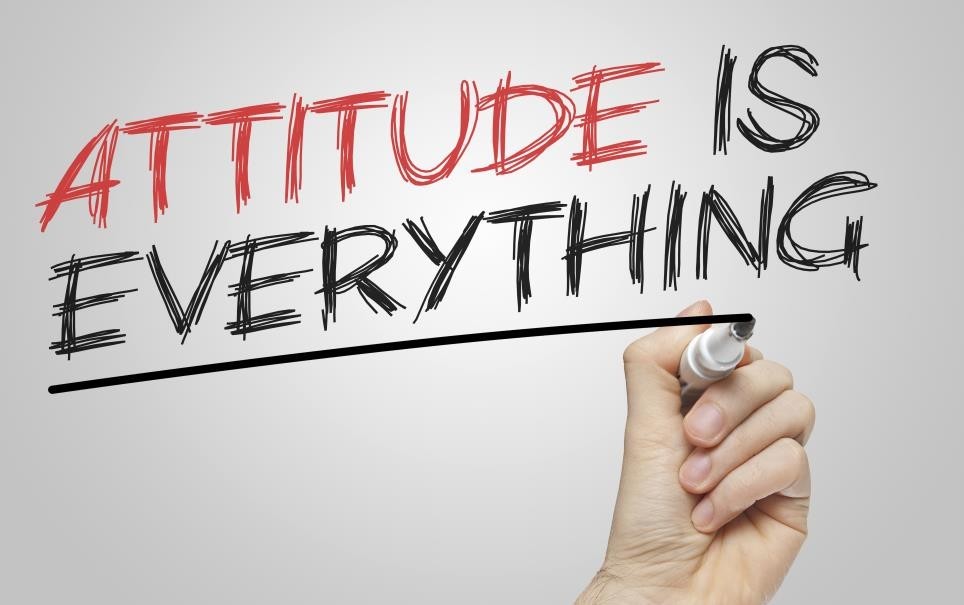Auteur: Rihab ABBA
“The problem is not the problem. The problem is your attitude about the problem. Do you understand? -Jack Sparrow.
What is life without problems? A long and boring stream of dull and predictable events. However people are far from being equal when it comes to addressing problems. A few chosen ones are extremely efficient whereas the vast majority of humans will stand somewhere on a spectrum between complete apathy and utter panic. Is this difference in problem-solving abilities nature or nurture? In other terms are there any specific skills we could identify and develop to reduce the wide gap between the naturally gifted and the clueless many?
Teaching (future) managers to solve problems is not an easy task because there is no one-size- fits-all method and as much as problems are hated we still need to deal with them because ducking our heads would only make them worse.
Besides having distinct styles of problem-solving directly related to our preferred intelligence types (mainly intuitive logical practical and social) we also develop during all the years of our lives various patterns of behavior and reaction towards problems. And we import the said patterns in the workplace with the consequence of getting a high diversity of problem-solving attitudes.

The array of behaviors toward problems ranges from passive to active and the reactions stretch from denial to acceptation. These two parameters give rise to a Reaction/Behavior matrix associated with the four “F” s of crisis mode (Fight Flight Fawn and Freeze). Here are the four quadrants stemming from the Reaction/Behavior matrix:
- Passive denial: When people adopt a passive behavior and denial reaction towards problems the combination leads to two attitudes either indifference or In other terms the person will either not care about the issue or flee the entire situation. Let’s suppose you share your office with a co-worker and this person puts on an uncomfortable amount of perfume on a daily basis. By being in passive denial you will refuse to acknowledge there is a problem to start with and keep away from reacting to it. If another colleague wants to know how you deal with the situation you would say “I don’t mind strong perfume” (indifference) or “I don’t know what you’re talking about” (escape). It is a “flight” mode.
- Active denial: As contradictory as it may sound it is possible to be actively denying a this pattern shows in attitudes of frustration or rejection. In other words having a violent position directed inwardly “I hate this strong smell it makes me sick” (frustration) or outwardly “My co-worker is rude and classless” (rejection). You are going through a “fight” phase.
- Passive acceptation: The person passively accepting a problem may adopt one of three possibilities: either wait for the issue to resolve itself or to be solved by a third party circumvent the problem or adapt to it. They could think/say: “My boss must have noticed the issue and will probably move my co-worker to another service very soon” (waiting) or “My co-worker is such a helpful and competent person perfume is a minor inconvenience compared to all his/her qualities” (circumvention) or “Once you get used to it this perfume actually smells good. I might purchase a bottle for myself/my spouse. I will ask him/her what the perfume is called” (adaptation). These are respectively called “freeze” and “fawn” modes.
- Active acceptation is the only combination that allows for an efficient problem-solving It boils down to identifying options of solutions weighing them and testing them out. In the example shown you could talk to the co-worker about the issue and actively discuss how to solve it together. If this fails you could request intermediation from boss or colleagues etc. Lets called this a “winner” attitude.

To better manage your attitude when facing problems it is recommended to assess yourself on your usual reaction and behavior. Do I tend to accept the reality of the problem or do I deny it? Am I inclined to keep a passive demeanor or do I easily take action? By answering these two simple questions you will be able to improve your self awareness challenge your familiar patterns and set a confident foot on problem solvers VIP zone.
.png)



